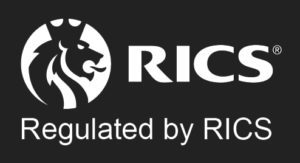Ireland is world’s eighth-most ‘inclusive’ advanced economy
Ireland is the world’s eighth-most “inclusive” advanced economy, based on a measure from the World Economic Forum (WEF), which looks beyond economic growth data to examine living standards, environmental sustainability and protection of future generations from indebtedness.
The ranking marks an improvement on Ireland’s 12th place among 29 advanced economies in a previous report published by the WEF, organisers of the annual Davos conference taking place this week.
“Our reliance on GDP [gross domestic product] of national economic achievement is fuelling short-termism and inequality, and leaders must urgently move to a new model of inclusive growth and development,” according to the WEF report, published on Monday, on the eve of the four-day gathering in the Swiss ski resort.
‘Virtuous circle’
“Decades of prioritising economic growth over social equity has led to historically high levels of wealth and income inequality and caused governments to miss out on a virtuous circle in which growth is strengthened by being shared more widely and generated without unduly straining the environment or burdening future generation,” it said.
The WEF gathering of the world’s political and corporate leaders, alongside a smattering of celebrities, at Davos every year since 1971 has itself been criticized over the decades for its perceived elitist nature.
This year’s attendees include US president Donald Trump, Taoiseach Leo Varadkar, Minister for Finance Paschal Donohoe, French president Emmanuel Macron along with Bank of America chief executive Brian Moynihan, Microsoft CEO Satya Nadella, actress Cate Blanchett and musician and producer Will.i.am.
Norway has topped the list of the worlds’ most inclusive advanced economies, followed by Iceland, Luxembourg, Switzerland and Denmark. The UK came in 22nd and the US 23rd, with Italy, Portugal and Greece taking the bottom three slots on the list of 29 countries.
The index looks at a series of gauges, from GDP per capita to life expectancy, employment rates, median income, public debt, carbon emissions based on the size of the economy and ratio of the young and elderly depending on people in the workforce.
Article in the Irish Times






